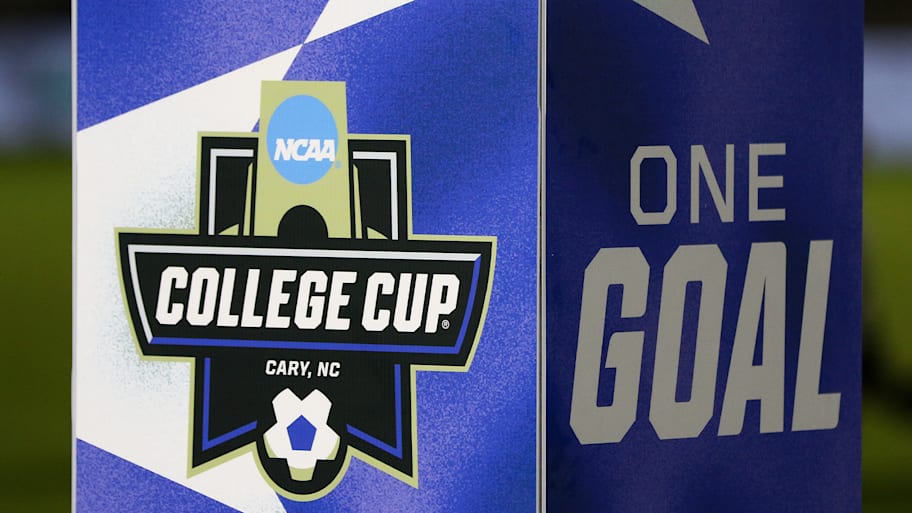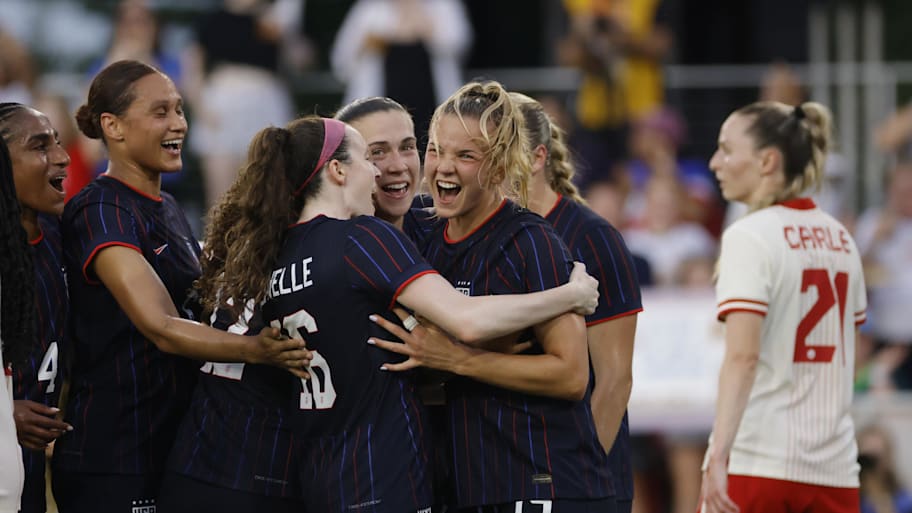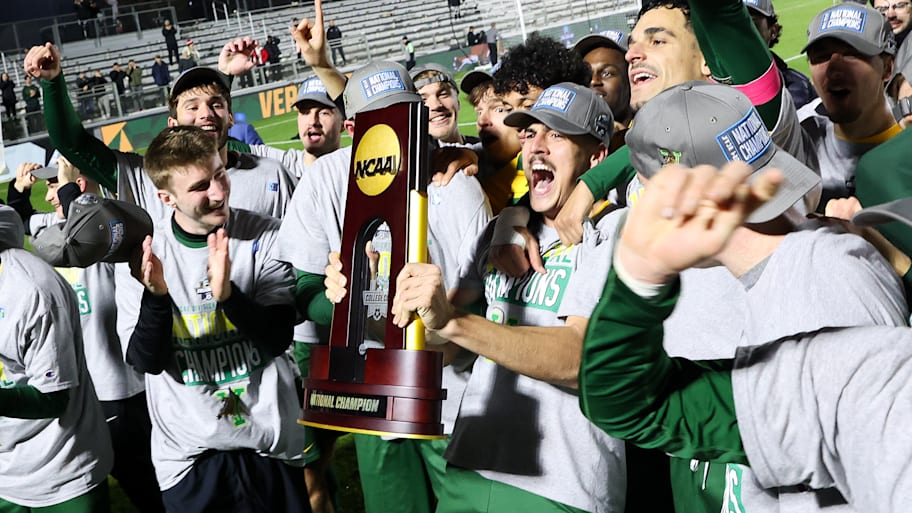The American soccer scene is ever evolving, and collegiate soccer at the NCAA Division I level could be the next to enter a new era.
On Thursday, U.S. Soccer and the NextGen College Soccer Committee, featuring committee college administrators, professional soccer executives, and others, published a white paper suggesting several adjustments. Included were making soccer a full academic year sport, regionalizing competition and integrating a promotion-relegation model, among other changes.
While none of the changes are imminent, they would drastically change the way collegiate soccer is approached across the country and its 213 Division I programs, many of which produce players to the professional ranks of Major League Soccer, USL and beyond.
With the rise of the sport in the U.S. and the influx of athlete funding for name, image and likeness (NIL), the situation has grown to a level where that traditional model is showing its faults.
Those faults and the suggestions from U.S. Soccer and the committee apply primarily to the men’s game. In contrast, the women’s game remains a strong developmental step in the burgeoning environment that is global women’s soccer.
Changing the Calendar

Traditionally, the NCAA soccer season has been played only in the fall, with seasons beginning in August during the first weeks of the academic year and finishing ahead of the holidays in December with the NCAA National Championship.
The changes outlined in the white paper would shift the sport to the full academic year, starting in August and wrapping up in April with a national championship tournament. The season would feature a break between December and January, similar to that used in the Bundesliga.
The shift to a full-year sport would allow teams to play once a week eliminating back-to-back games, which are seen in collegiate soccer and never at the professional level. At the same time, it would line up the sport with the best European leagues, and potentially MLS should they shift to a winter schedule.
While seasons would remain between 18 and 22 games, the shift to a full calendar would allow athletes more time to split from what the committee called “the physical, mental, and academic toll of a highly congested single-semester fall soccer calendar.”
Additionally, it would allow student-athletes to take on other soccer opportunities in the summer, or traditional internships and summer jobs.
Regionalizing the Sport, Adding Promotion-Relegation

Collegiate athletics in the U.S. have undergone a massive shift in recent seasons, with schools moving between conferences to maximize revenue and NIL opportunities for football and basketball teams. However, those shifts have impacted other sports, forcing additional costs on programs that have to travel longer distances, putting more time and physical impacts on student-athletes.
The white paper recommends soccer splits from the rest of the conference setup, and adopts four regionalized conferences featuring 50 to 54 teams each. Those teams would then be divided into two tiers, with the ability for programs to move between tiers based on performance, effectively integrating promotion and relegation into the system.
The top tier would feature two divisions of nine teams each, and the second division would consist of four divisions based on geography.
Through the academic year-long schedule, each team would play their divisional foes twice, while having some games outside its division to complete the 18-to-22 game schedule.
Integrating into the U.S. Soccer Pyramid
While the primary focuses of the white paper involve revolutionizing college soccer as its own entity, the committee also pushed forward suggestions that would integrate the NCAA game more into the pyramid of U.S. Soccer.
Among the key points would be to modernize eligibility rules for players, allowing those who have played professionally to pursue college soccer, with pro clubs potentially funding their scholarships, as well as expanding opportunities for college players to play or train in professional environments.
Currently, college players are unable to train or play with professional clubs, but often compete in the semi-professional USL League Two through the summer months.
Other recommendations included the “second chance” pathway for “players to enroll and compete in college after previously starting a professional career that has stalled,” and caps on players over the age of 23 years old.
Women’s Soccer Stays As Is for Now

The women’s side of collegiate soccer does not face the same challenges given Title IX, which mandates gender equity in athletics and other programs at NCAA schools.
Women’s college soccer features more programs in Division 1 (353) and remains the leading pathway towards the growing professional environment.
Yet, it was not overlooked in the white paper, suggesting a new competition with four college-only regional tournaments, which would also join a new elite global under-23 tournament, which could feature pro club reserve teams, youth national teams or others.
However, the general idea would be to continue analyzing where women’s soccer stands, to ensure it avoids similar issues which face the men’s game.
When Could This Happen?
All of the reasons outlined are simply suggestions and are expected to face significant pushback from those used to the current one-semester, conference-based system. However, the hope is that the adjustments could start to be integrated for the 2026–27 academic year, which follows the 2026 FIFA World Cup, an expected formative point for the sport in the United States.
READ THE LATEST MLS NEWS, TRANSFER RUMORS AND GOSSIP
This article was originally published on www.si.com as How U.S. Soccer Wants to Revamp College Soccer as National Building Block.
